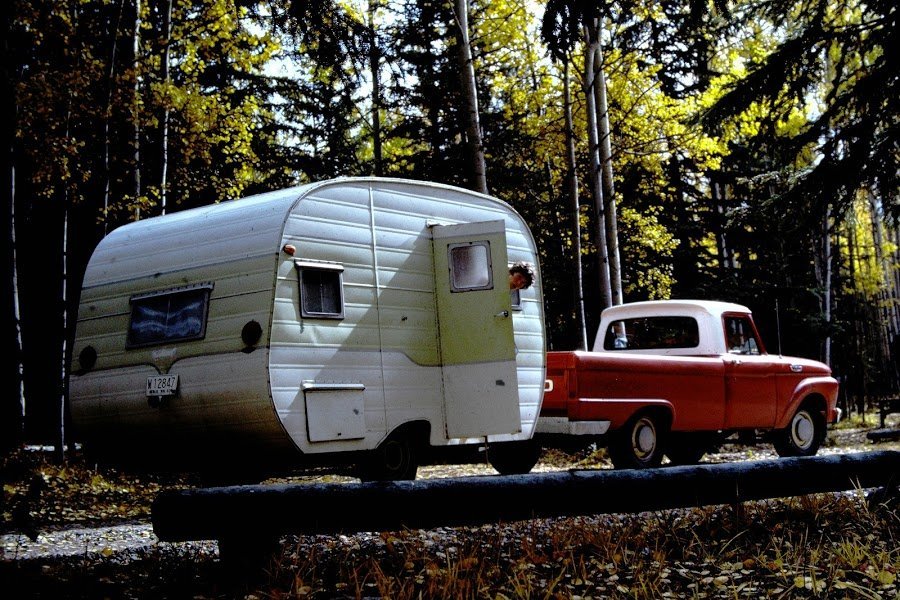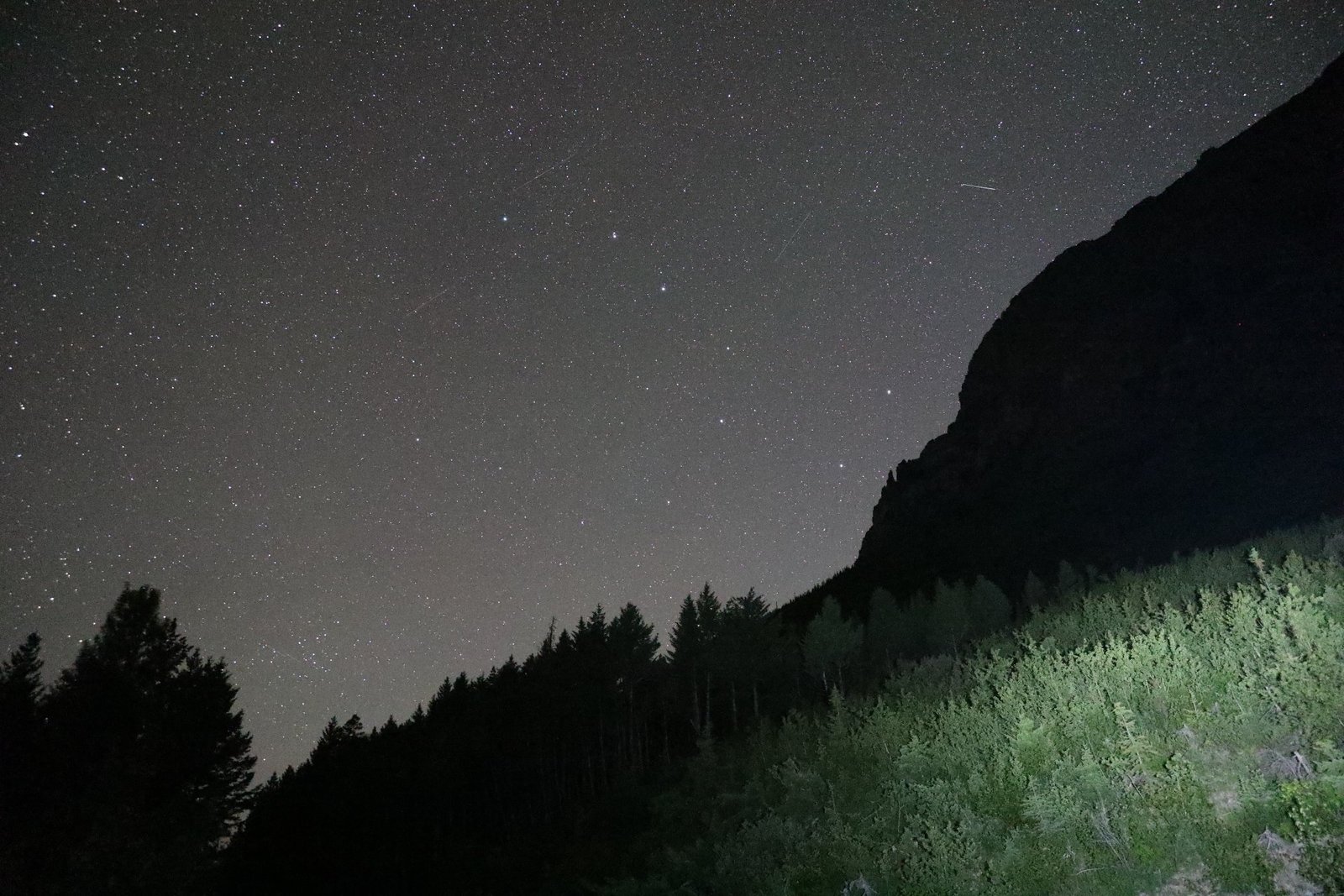Glacier National Park approved bear canisters are crucial for backcountry camping safety. These containers, designed to withstand bear encounters, must meet Interagency Grizzly Bear Committee (IGBC) standards. They are mandatory for all at-large camping in the park, ensuring food and scented items are securely stored. Proper use of approved bear canisters protects both visitors and wildlife, maintaining the delicate balance of the park’s ecosystem.
What Are the Specific Requirements for Glacier National Park Approved Bear Canisters?

Glacier National Park has strict requirements for bear canisters to ensure the safety of both visitors and wildlife. Here are the key specifications:
- Material: Solid, non-pliable construction
- Durability: Must withstand 300 foot-pounds of energy
- Design: No cracks, openings, or vulnerable hinges
- Capacity: Large enough for all scented items
- Certification: IGBC approved
These requirements ensure that the canisters can effectively resist bear attempts to access food and other attractants.
Which Bear Canisters Are Best for Use in Glacier National Park?

Several bear canisters meet Glacier National Park’s stringent requirements. Here are some top choices:
- BearVault BV500
- Dimensions: 12.7″ x 8.7″ (diameter)
- Weight: 2.75 lbs
- Capacity: 11.5 liters
-
Feature: Transparent design
-
BearVault BV450
- Dimensions: 10.5″ x 7.8″ (diameter)
- Weight: 2.1 lbs
- Capacity: 7.2 liters
-
Feature: Compact size for shorter trips
-
Ursack Major XL (with conditions)
- Dimensions: 20″ x 9″ (diameter)
- Weight: 1.3 lbs
- Capacity: 10.7 liters
- Feature: Flexible and lightweight
These options provide a range of sizes and features to suit different backcountry needs while meeting park regulations.
How Do Glacier National Park Bear Canister Regulations Work?
Understanding the regulations surrounding bear canisters in Glacier National Park is crucial for a safe and compliant backcountry experience. Here’s a breakdown of the key points:
- Mandatory Use: Required for all at-large camping
- Scope: All scented items must be stored in canisters
- Compliance: Failure to use approved canisters may result in fines
- Wildlife Impact: Proper use prevents bear habituation to human food
- Year-round Application: Regulations apply in all seasons
These regulations are designed to protect both visitors and the park’s bear population, maintaining a safe environment for all.
Where Can Visitors Purchase or Rent Approved Bear Canisters?
Securing an approved bear canister is an essential step in planning a backcountry trip to Glacier National Park. Here are the options for obtaining one:
Purchase Options:
- Outdoor gear retailers
- Online marketplaces
- Park gift shops (limited availability)
Rental Options:
- Park visitor centers
- Local outfitters
- Some air-taxi operators
When choosing where to obtain your bear canister, consider factors such as trip duration, budget, and convenience.
What Are the Consequences of Not Using an Approved Bear Canister?
The failure to use an approved bear canister in Glacier National Park can have serious repercussions:
- Legal Consequences:
- Fines
-
Potential citation or removal from the park
-
Safety Risks:
- Increased likelihood of bear encounters
-
Potential injury to self or others
-
Environmental Impact:
- Bear habituation to human food
-
Possible euthanization of problem bears
-
Trip Disruption:
- Ranger intervention
- Forced relocation or trip termination
Understanding these consequences underscores the importance of compliance with bear canister regulations.
How Should Visitors Properly Use and Store Bear Canisters?
Proper use of bear canisters is crucial for their effectiveness. Follow these guidelines:
- Storage Contents:
- All food items
- Scented personal care products
-
Trash and food waste
-
Placement:
- At least 100 feet from campsite
-
Away from cliffs or water sources
-
Security:
- Ensure lid is tightly closed
-
Place on flat ground, not near trees
-
Access:
- Open only when necessary
-
Reclose immediately after use
-
Cleaning:
- Regularly clean to minimize odors
- Use unscented cleaning products
By following these practices, visitors can maximize the effectiveness of their bear canisters and minimize wildlife attractants.
What Additional Bear Safety Measures Should Backcountry Campers Take?
While using an approved bear canister is crucial, it’s just one part of a comprehensive bear safety strategy. Consider these additional measures:
- Bear Spray:
- Carry EPA-approved bear spray
-
Know how to use it properly
-
Noise:
- Make noise while hiking to alert bears
-
Use bear bells or talk loudly
-
Campsite Selection:
- Choose open areas with good visibility
-
Avoid berry patches and animal trails
-
Cooking Practices:
- Cook away from sleeping areas
-
Avoid strong-smelling foods
-
Waste Management:
- Pack out all trash
-
Use designated backcountry toilets when available
-
Wildlife Observation:
- Maintain a safe distance from all wildlife
- Never approach or feed bears
Implementing these measures alongside proper bear canister use significantly enhances backcountry safety.
How Has the Use of Approved Bear Canisters Impacted Wildlife in Glacier National Park?
The implementation of bear canister regulations in Glacier National Park has had significant positive impacts on wildlife:
- Reduced Human-Bear Conflicts:
- Fewer incidents of bears accessing human food
-
Decreased need for bear management interventions
-
Bear Behavior:
- Maintained natural foraging habits
-
Reduced habituation to human presence
-
Ecosystem Health:
- Preserved natural food chain dynamics
-
Minimized human impact on bear habitats
-
Visitor Safety:
- Fewer dangerous bear encounters
-
Increased visitor confidence in backcountry areas
-
Conservation Efforts:
- Supported overall bear conservation strategies
- Enhanced public awareness of wildlife protection
These impacts demonstrate the crucial role that proper food storage plays in wildlife conservation and visitor safety.
What Are Common Mistakes to Avoid When Using Bear Canisters in Glacier National Park?
Even with the best intentions, visitors can make mistakes when using bear canisters. Here are some common errors to avoid:
- Improper Sealing:
- Failing to fully close the canister lid
-
Using damaged or worn canisters
-
Poor Placement:
- Storing canisters too close to campsites
-
Placing canisters near water or cliffs
-
Incomplete Storage:
- Leaving scented items outside the canister
-
Forgetting to store cooking utensils
-
Attractant Mismanagement:
- Spilling food around the canister
-
Wearing clothes with food odors while sleeping
-
Overconfidence:
- Assuming bears won’t approach because of the canister
- Neglecting other bear safety measures
By avoiding these mistakes, visitors can ensure they’re using bear canisters effectively and maintaining a safe backcountry environment.
In conclusion, using a Glacier National Park approved bear canister is not just a regulation—it’s a crucial component of backcountry safety and wildlife conservation. By understanding the requirements, choosing the right canister, and following proper usage guidelines, visitors can enjoy a safe and responsible wilderness experience while helping to protect the park’s iconic bear population.
References:
1. Bear Safety – Glacier – National Park Service
2. Food Storage and Bear Resistant Food Containers (BRFCs)
3. Bear and Food Storage Policy in the National Parks